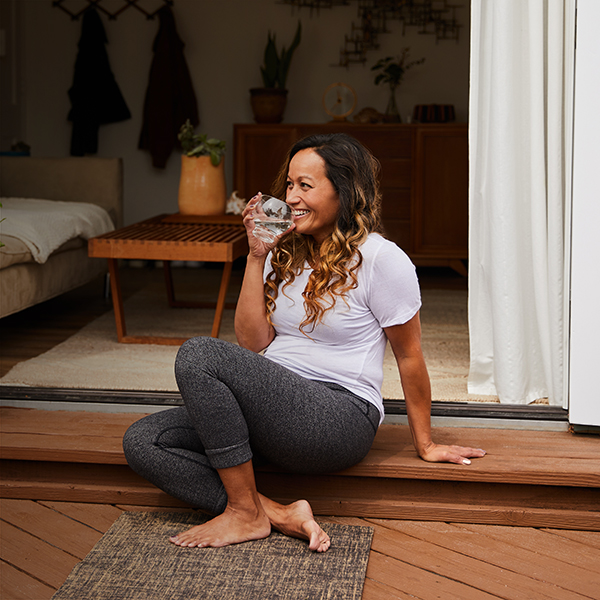Alcohol awareness
Rethink your drink to lower your risk of cancer.
Drinking alcohol can affect the normal functions of cells in your body, causing them to grow out of control and form a cancer tumor.

“Alcohol” refers to:
- Red and white wine
- Beer
- Cocktails
- Liquor
Drinking alcohol can increase your risk of developing at least six different types of cancer:
- Mouth and throat cancer.
- Voice box (larynx) cancer.
- Esophageal cancer (of the esophagus).
- Colon and rectum cancer.
- Liver cancer.
- Breast cancer in women.
The risk of cancer increases with the number of drinks consumed, starting with just one drink a day. The Dietary Guidelines for Americans recommend that if you drink alcohol at all, drink it in moderation (up to one drink a day for women or two drinks a day for men), and some people should not drink at all, including people younger than age 21, women who are or might be pregnant, and people on certain medications.
Binge drinking is especially risky and defined as consuming four drinks or more (for women) or five drinks or more (for men) on a single occasion. One in six U.S. adults binge-drinks about four times a month, consuming about seven drinks per binge. Binge drinking puts people at risk for many short- and long-term outcomes in addition to cancer risks, such as injuries, violence, and stroke.
How much is a drink?
Some people may not realize how much alcohol they are drinking. A standard drink is defined as equal to 14 grams (0.6 ounces) of pure alcohol.
That translates to:
- 12 ounces of beer (5% alcohol content).
- 8 ounces of malt liquor (7% alcohol content).
- 5 ounces of wine (12% alcohol content).
- 1.5 ounces or a “shot” of 80 proof (40% alcohol content), distilled spirits, or liquor (such as gin, rum, vodka, and whiskey).
I have concerns about my drinking. Who can I call?
If you think that your drinking could be causing or will cause health problems, or if you know you need help to curb or stop your drinking, there are many resources available to you. You can visit the Substance Abuse and Mental Health Services Administration website (SAMHSA) or call their free hotline at 800.662.4357 with any and all questions or concerns. You can also check with your employer’s Human Resources department to see if your employer offers an employee assistance program (called an EAP, for short). Most EAP services offer a limited number of free counseling sessions to get you started and all information is kept confidential – even from your employer. You can also call your doctor and schedule an appointment to check on your health and find resources they may know would be perfect for you.
If you’re a Capital Blue Cross member, contact Member Services on the back of your insurance card to ask about substance abuse services, or search for substance abuse providers on MyCare Finder.
Rethink your drink. When you reduce your alcohol use, or give it up altogether, you can lower your risk for cancer.
Sources:
Centers for Disease Control and Prevention
The information provided is meant for a general audience. Capital Blue Cross and its affiliated companies believe this health education resource provides useful information but does not assume any liability associated with its use.